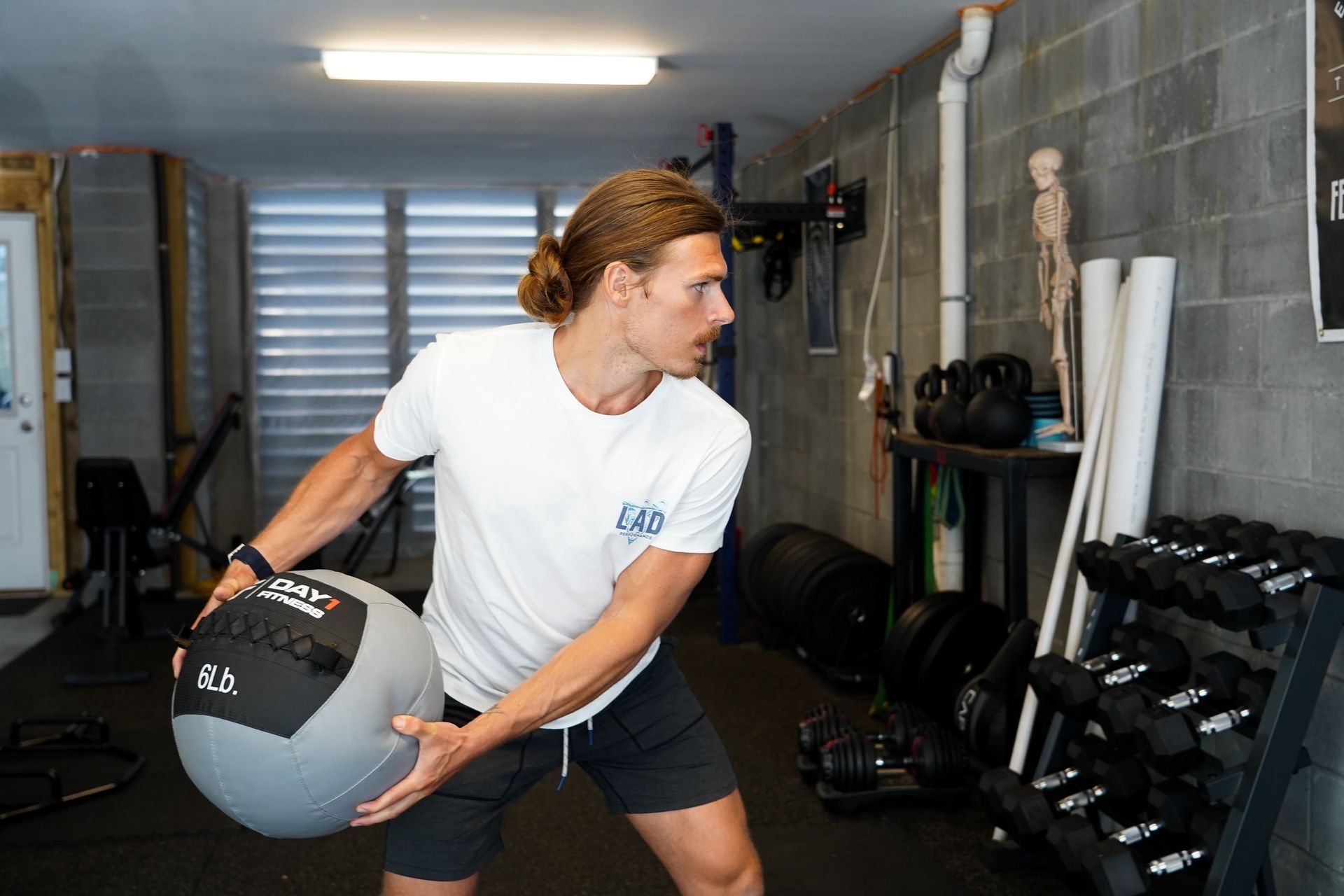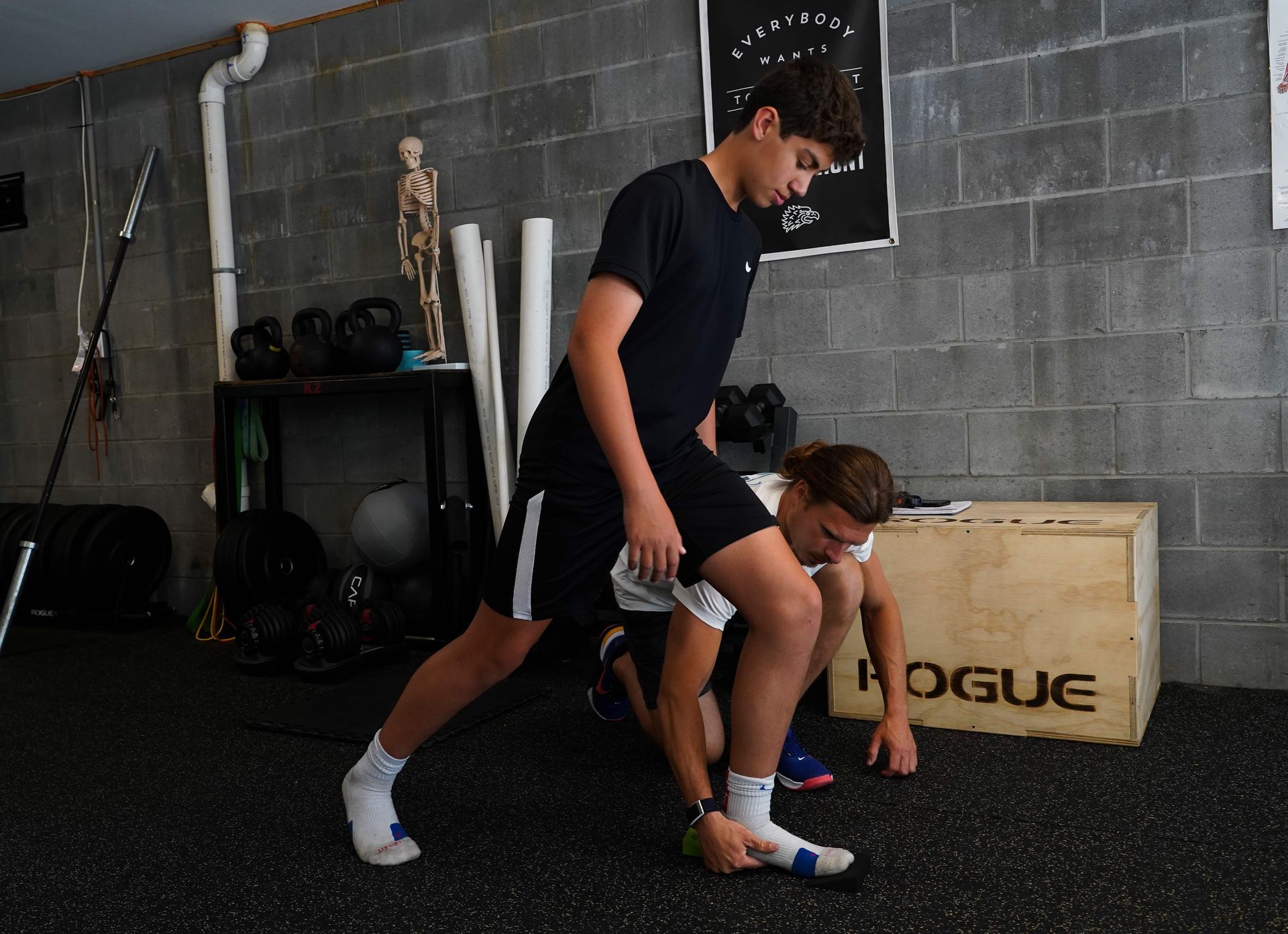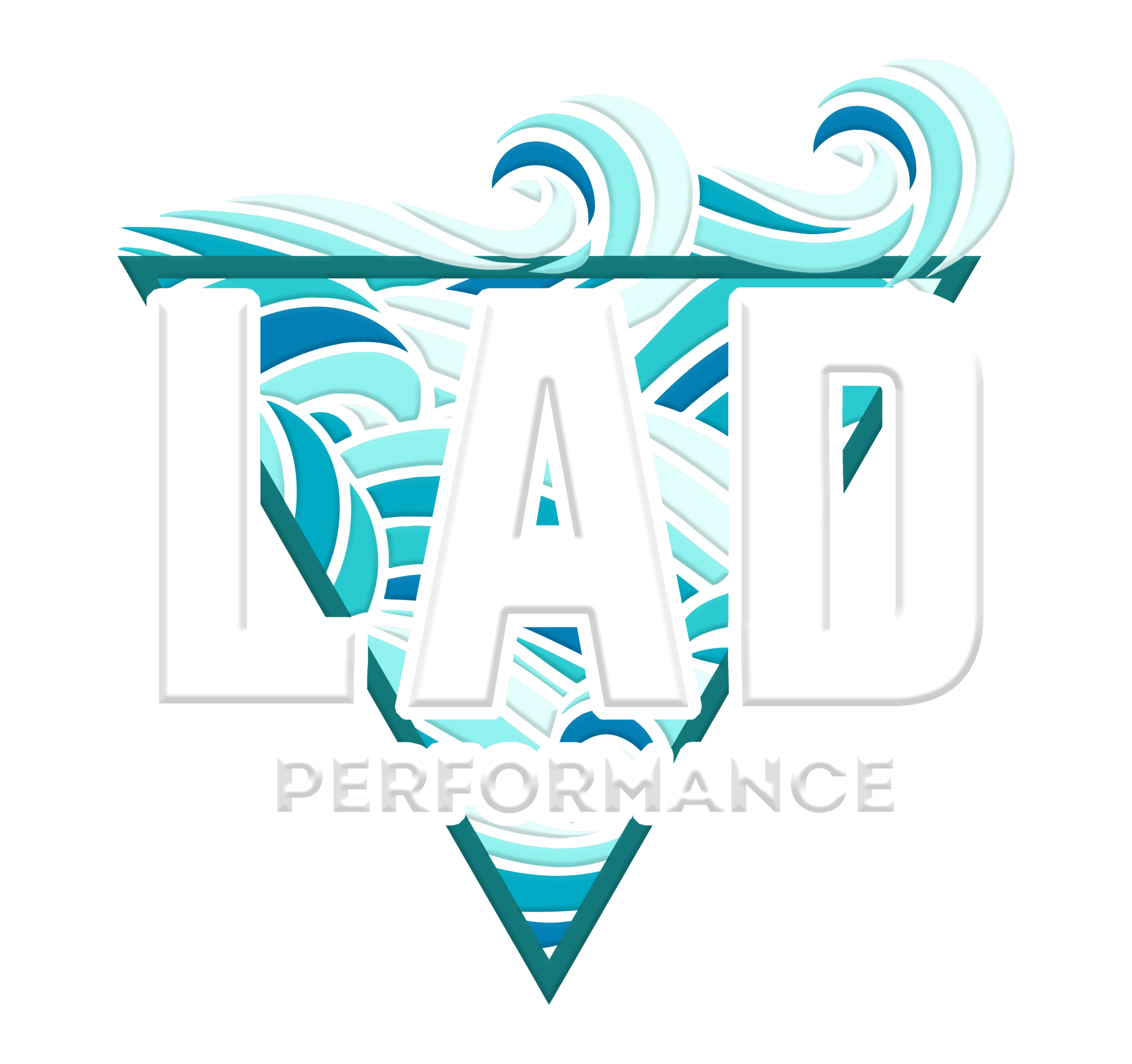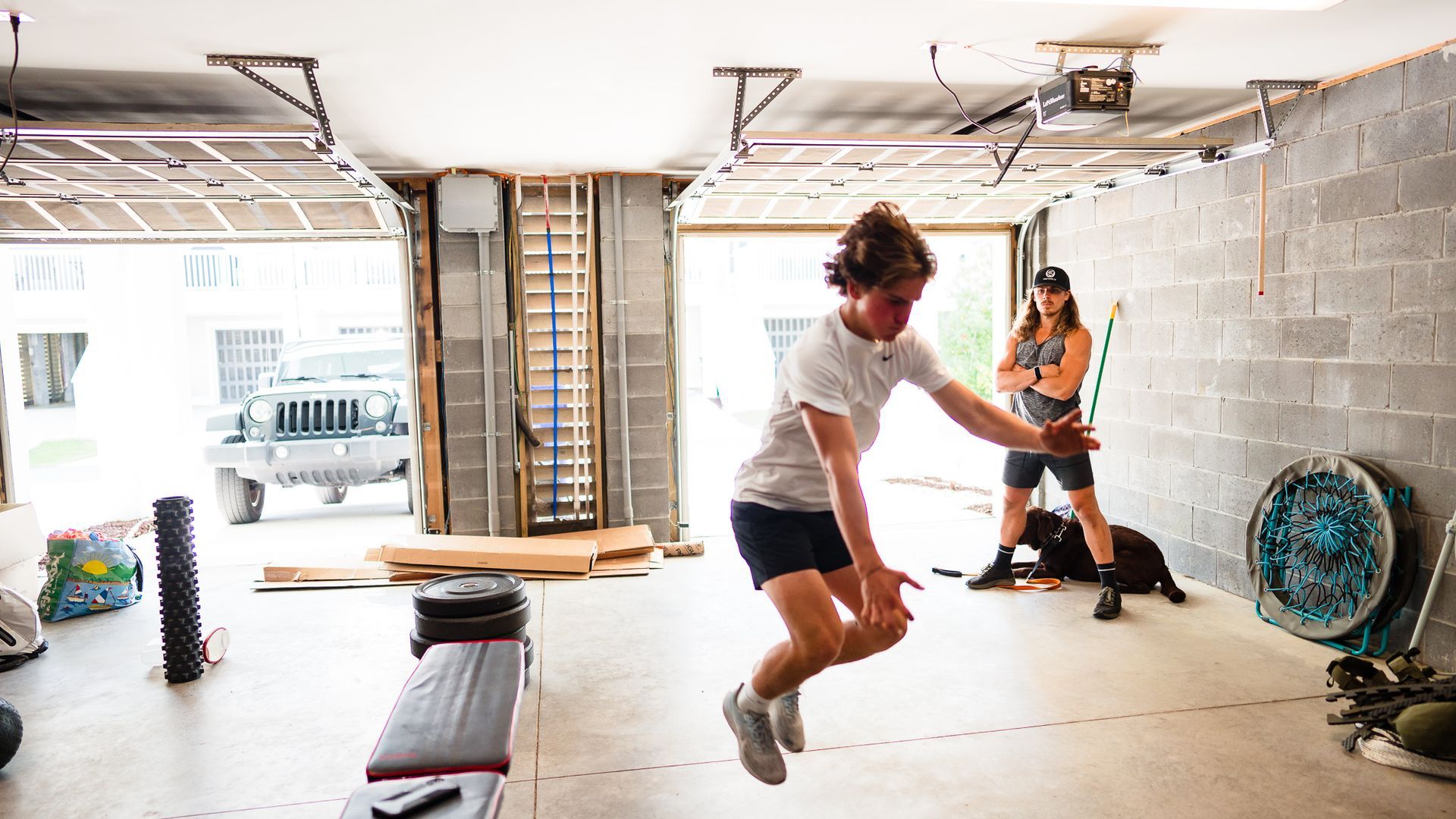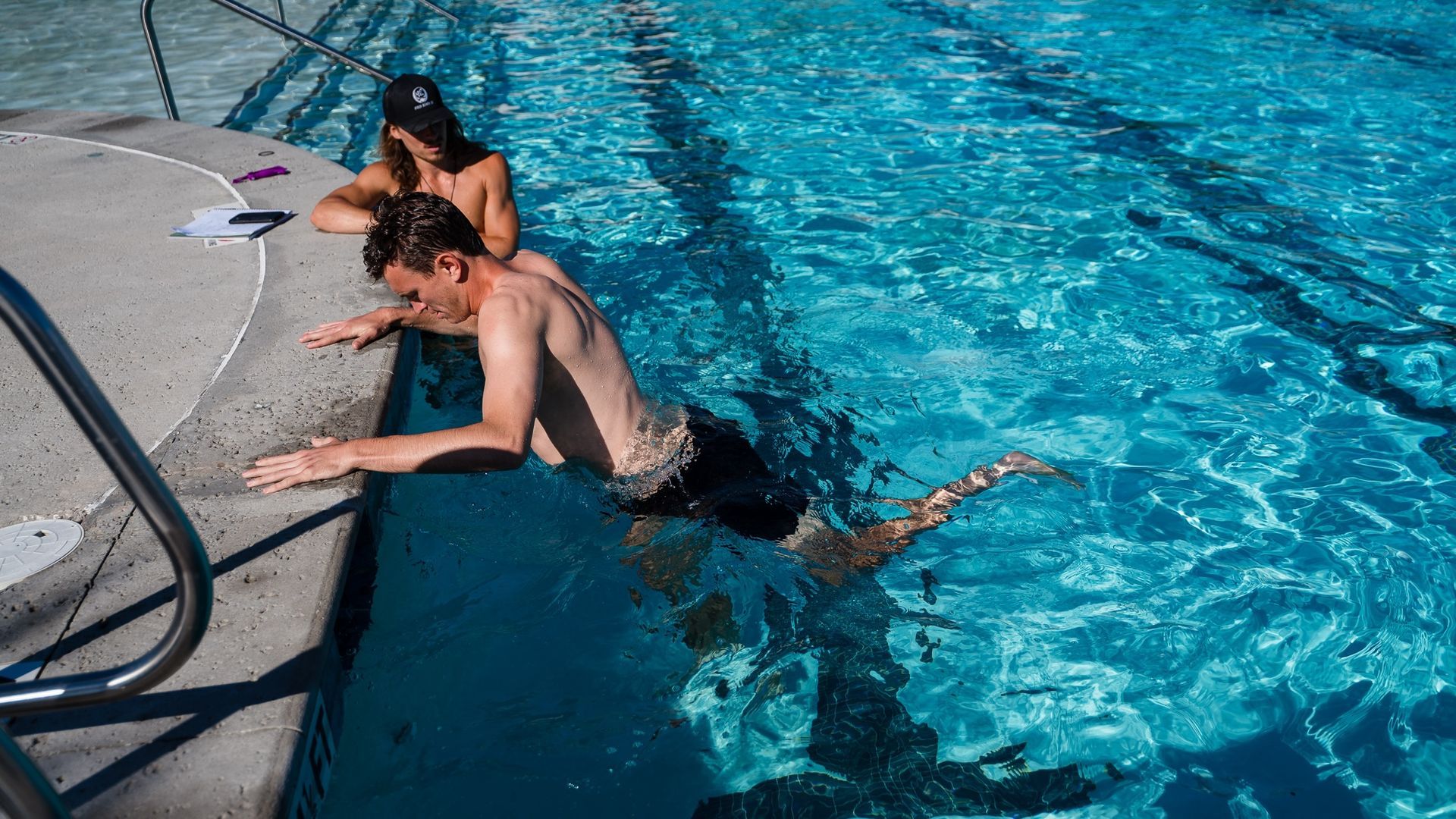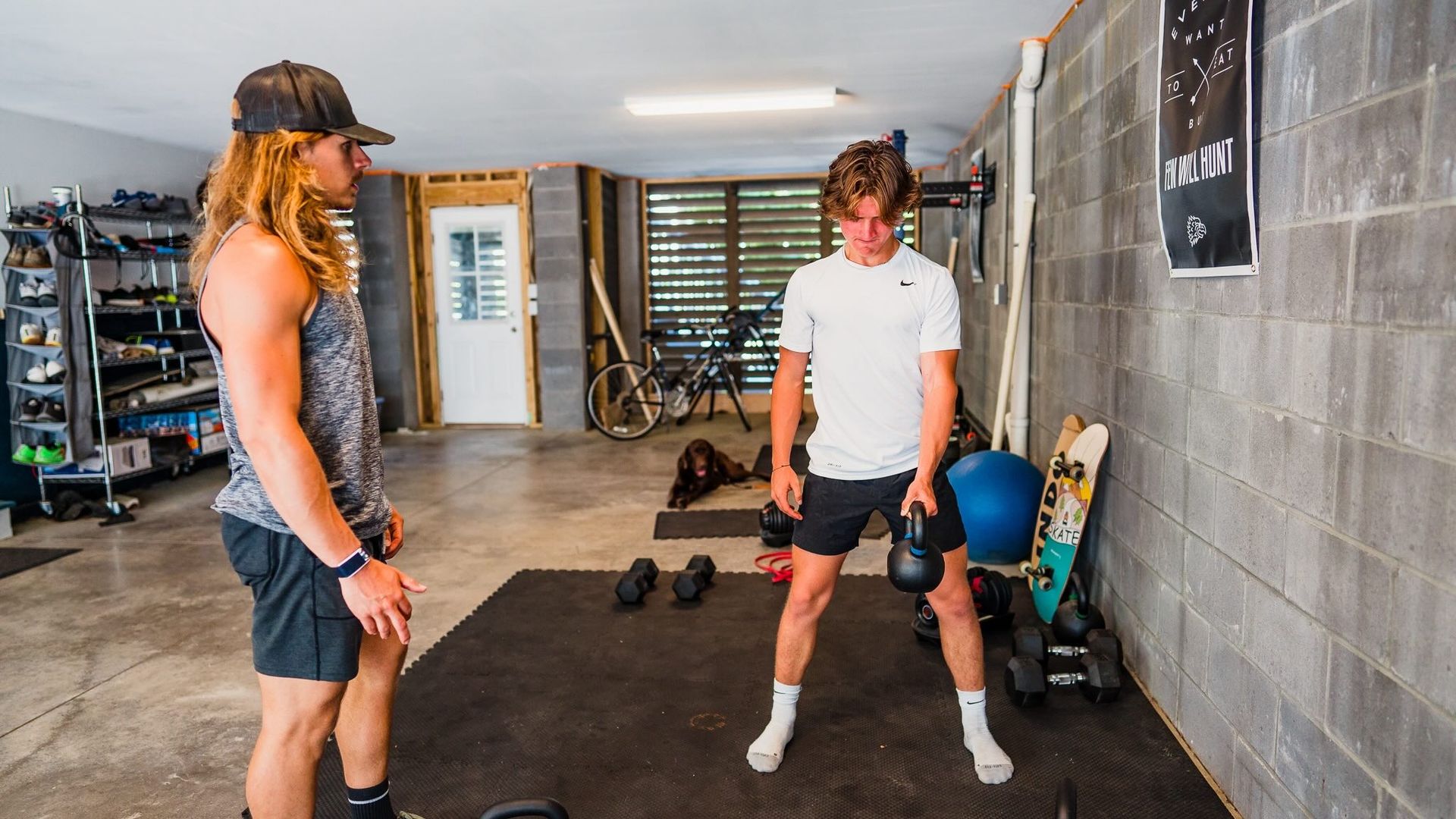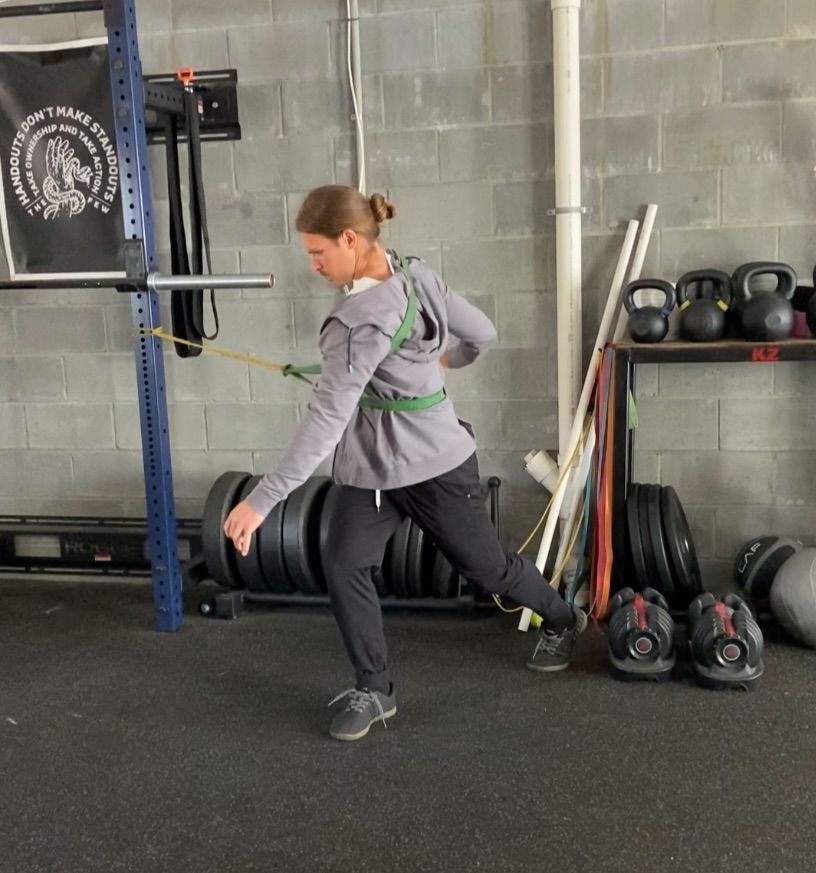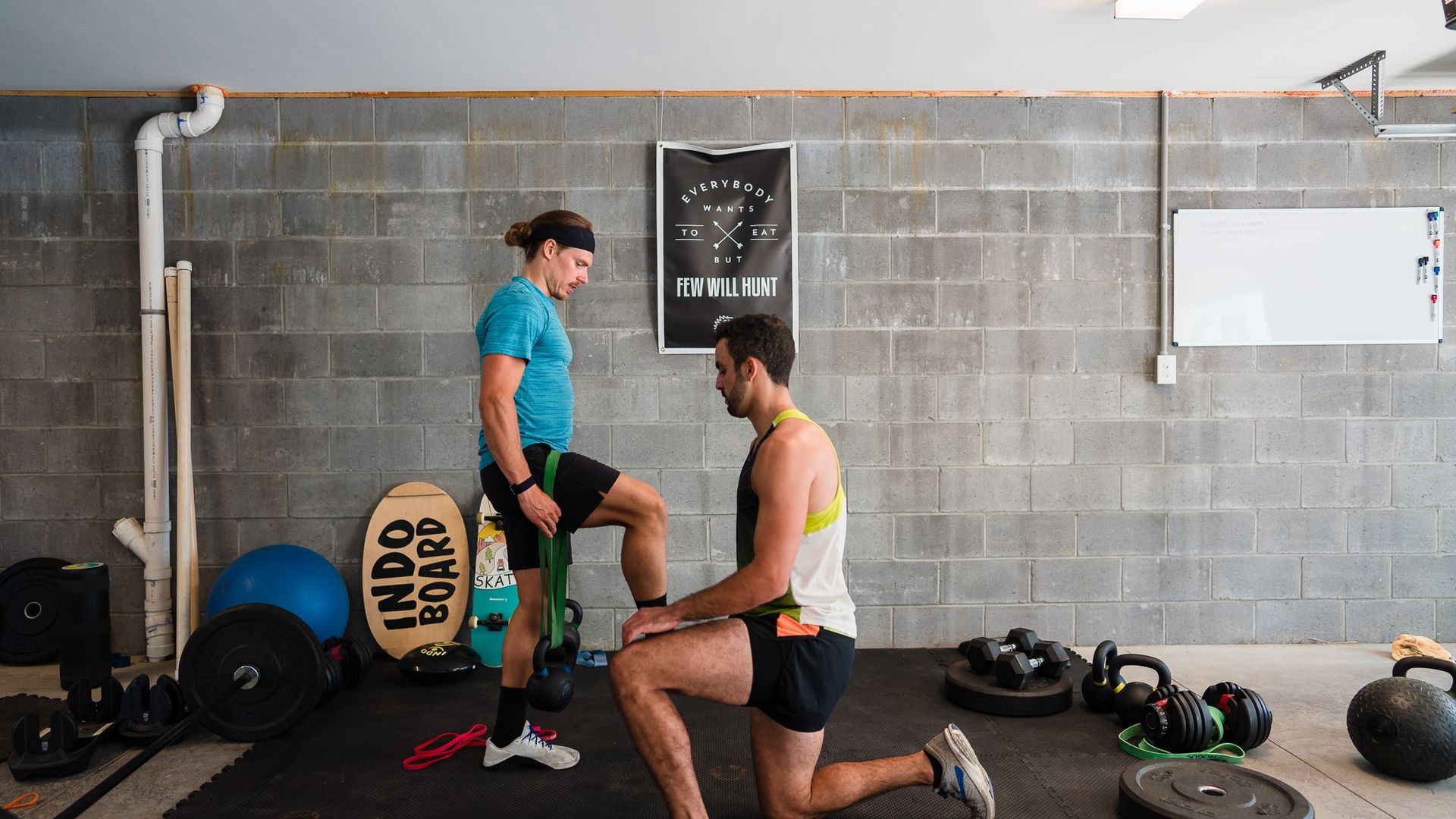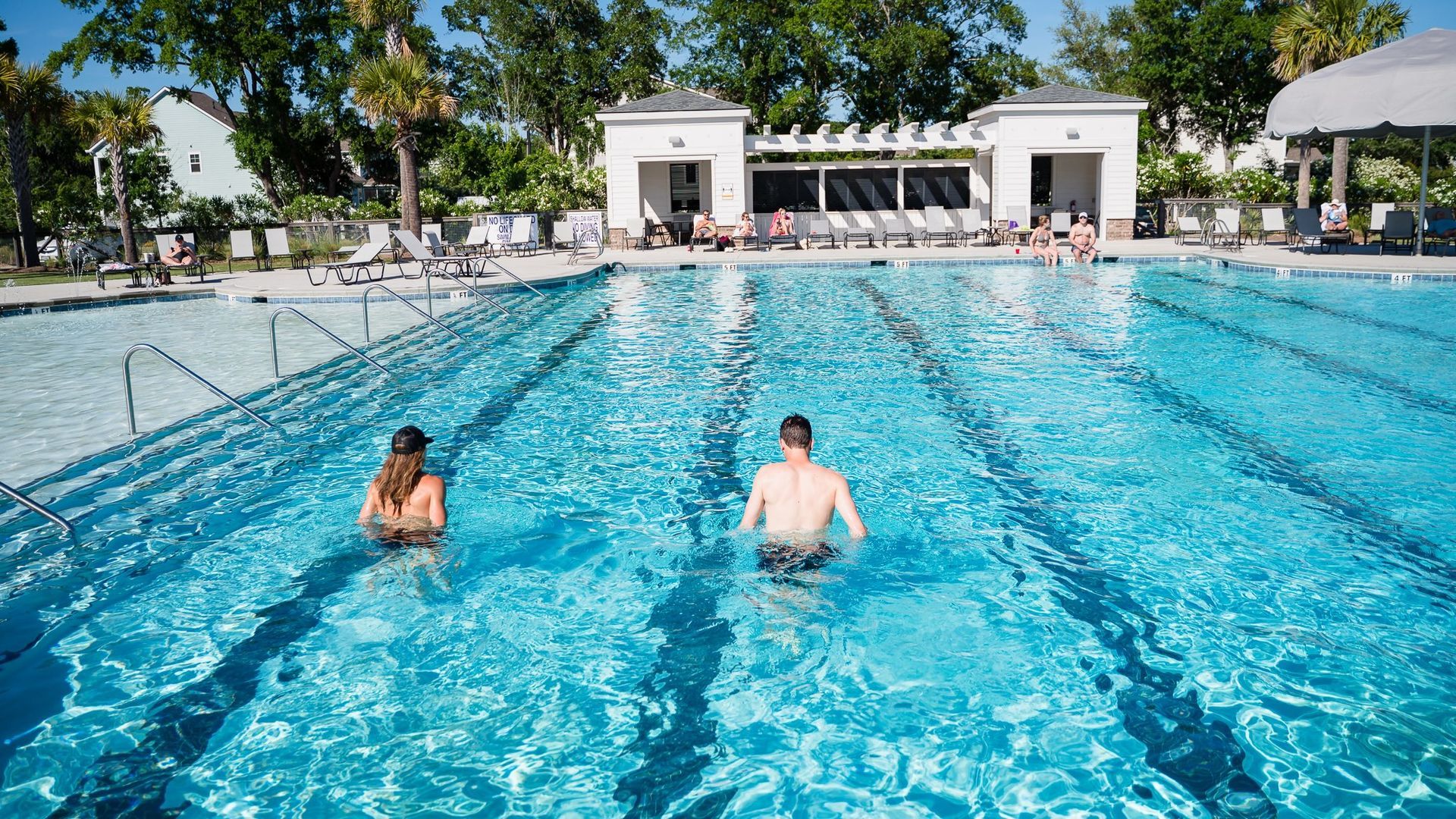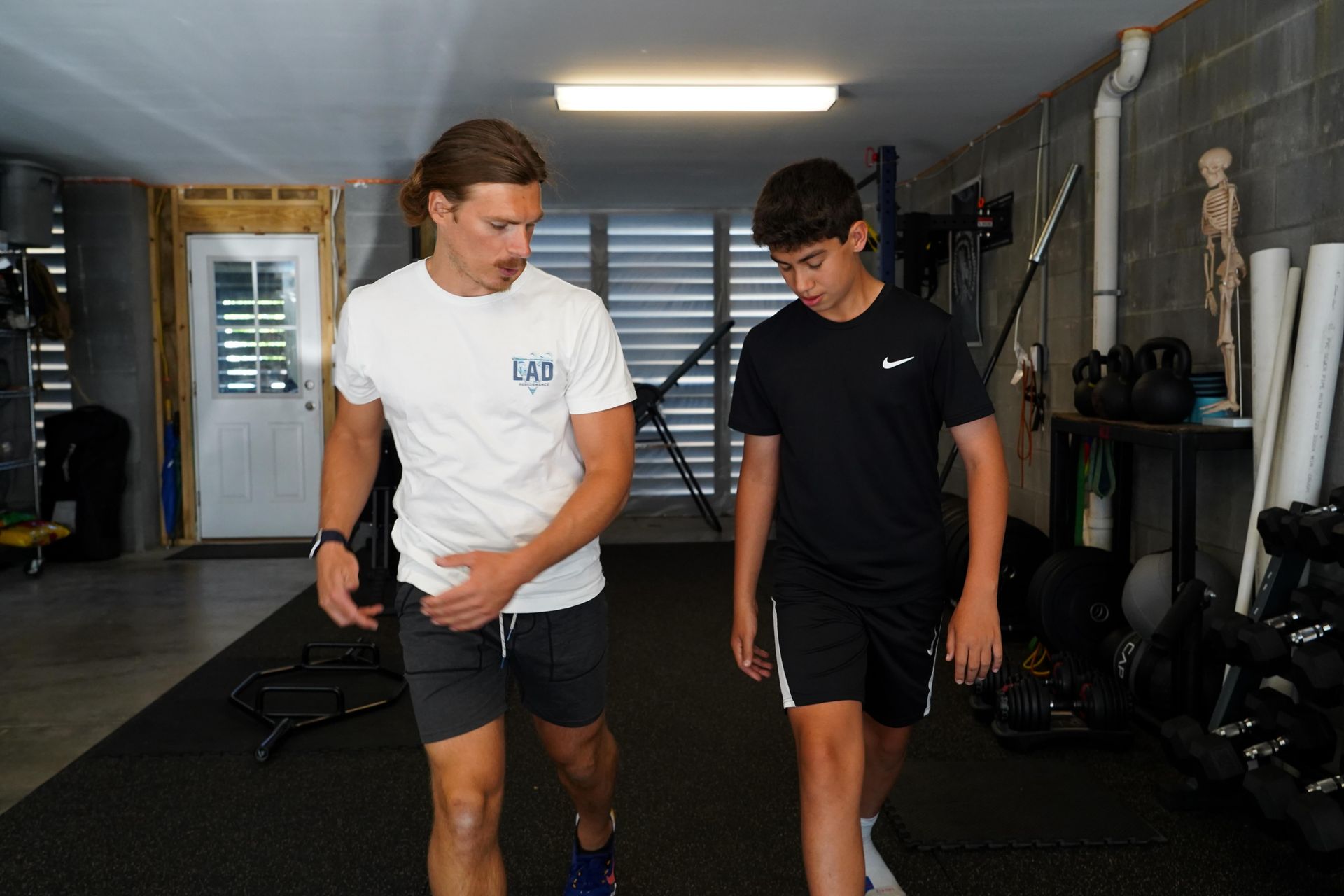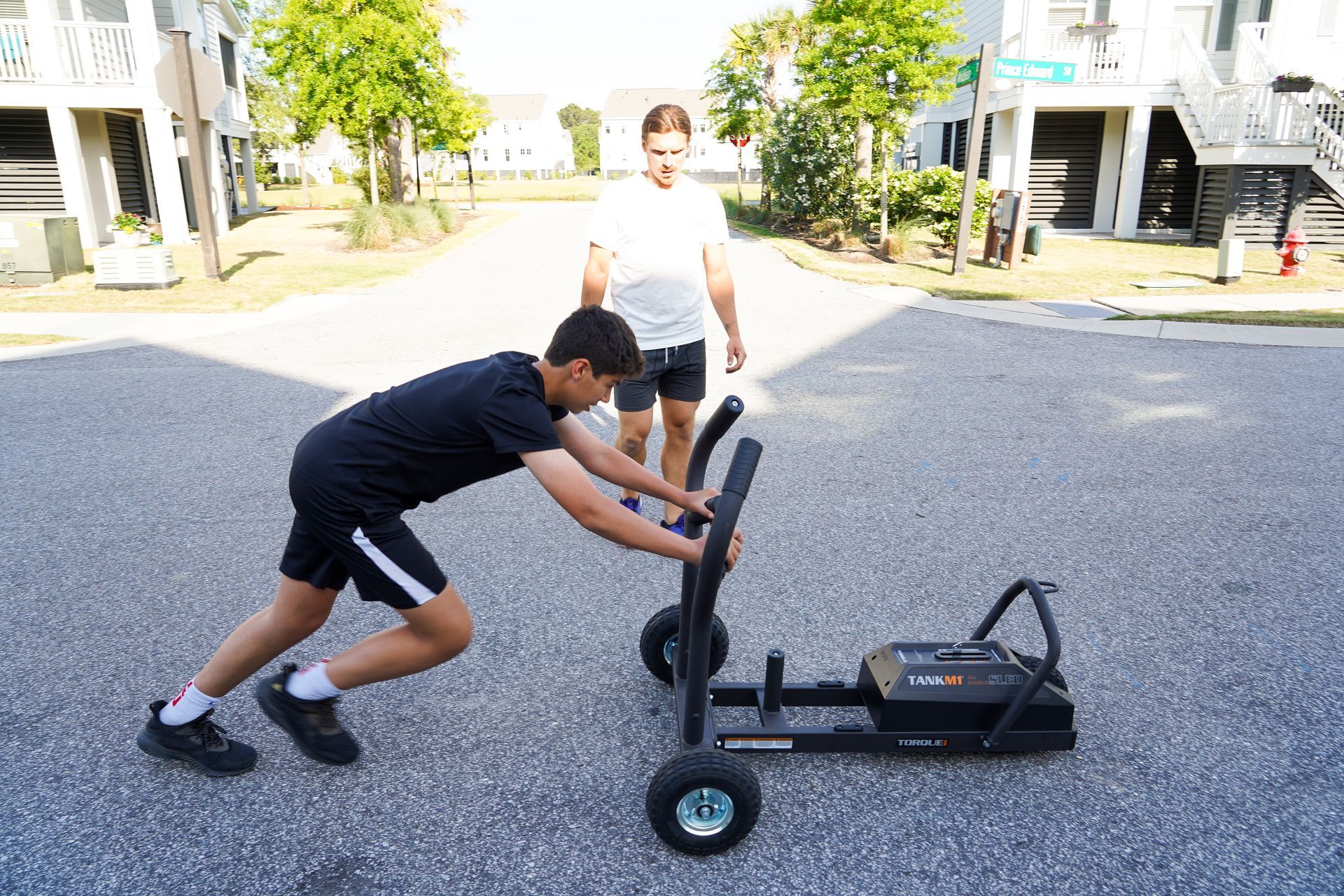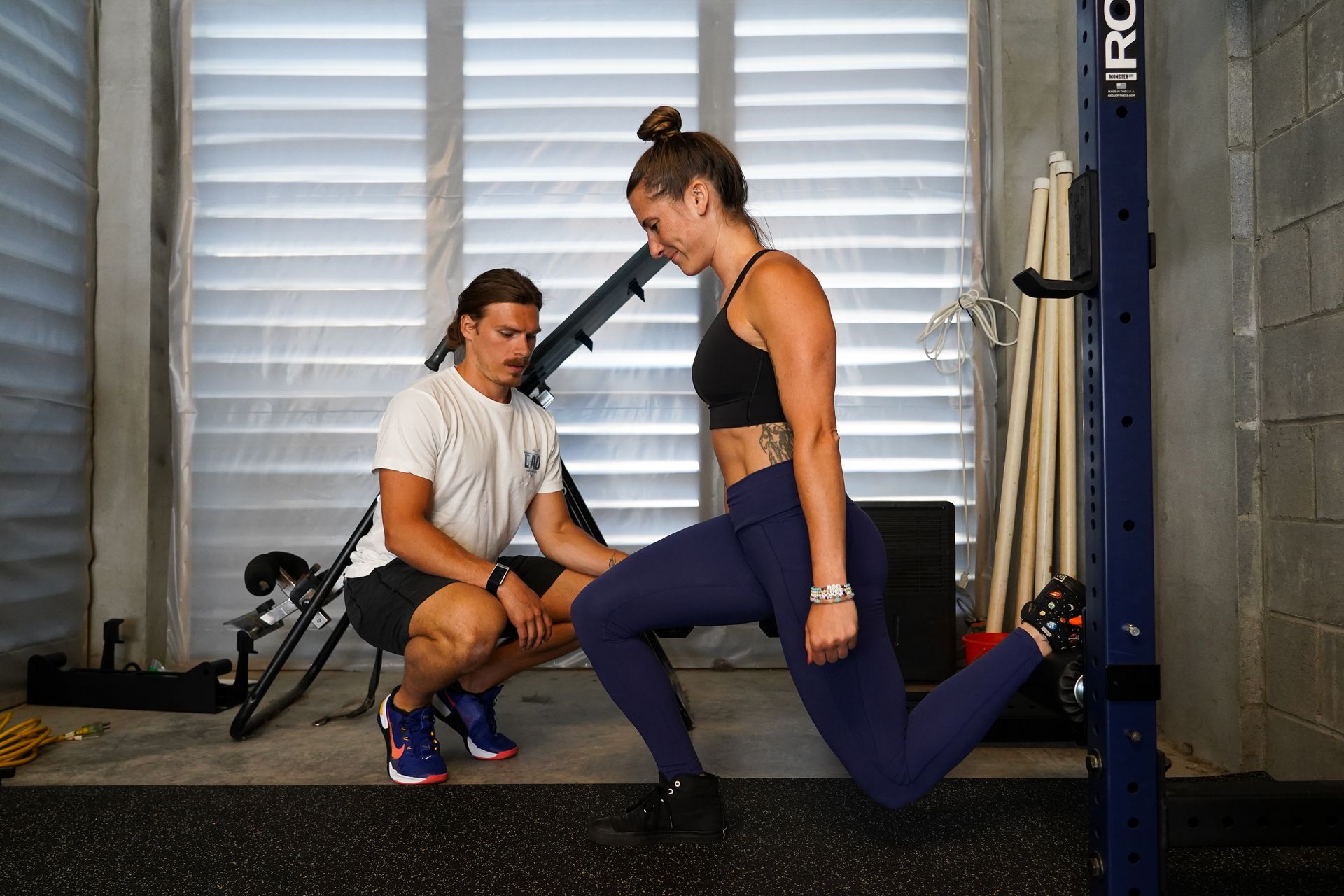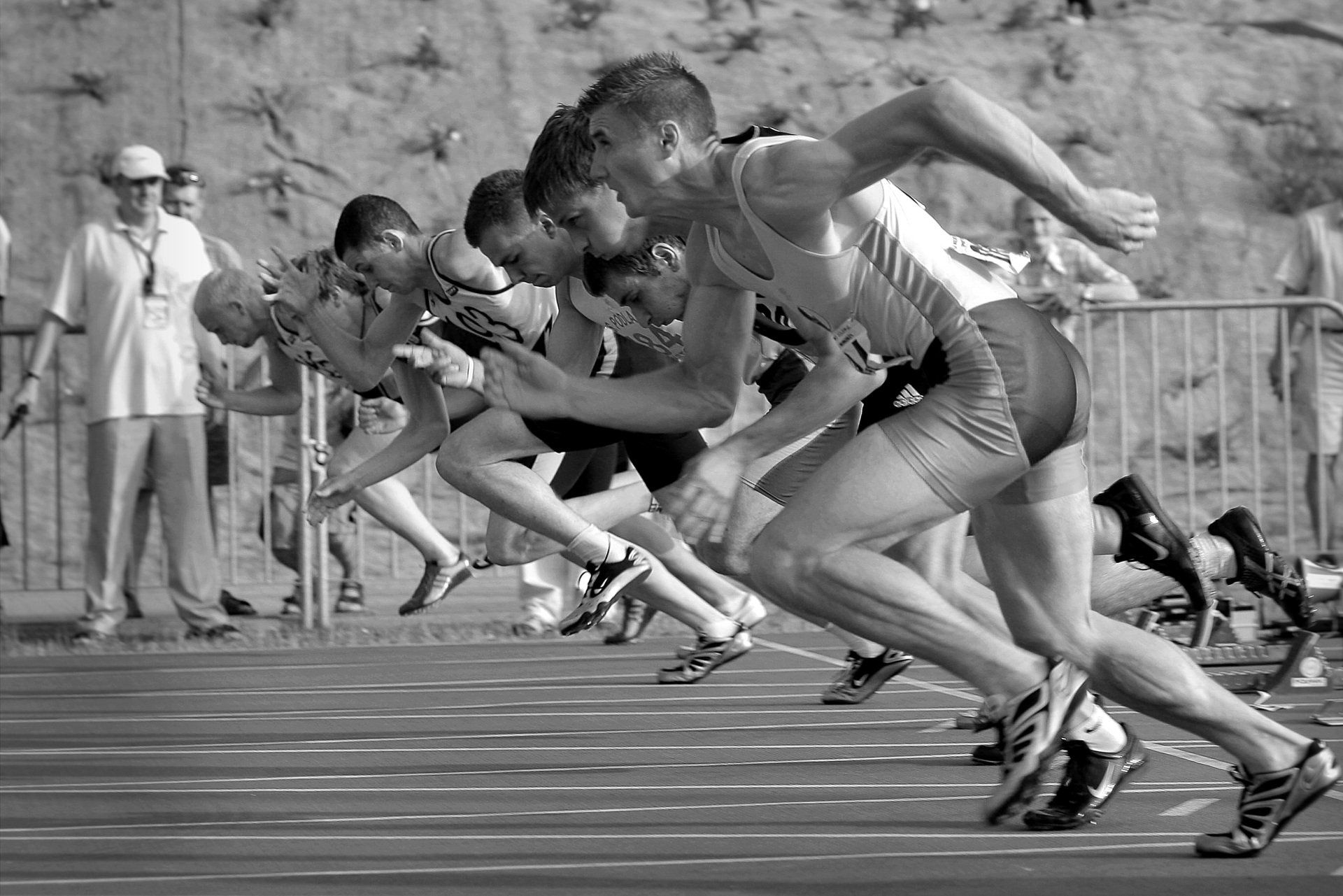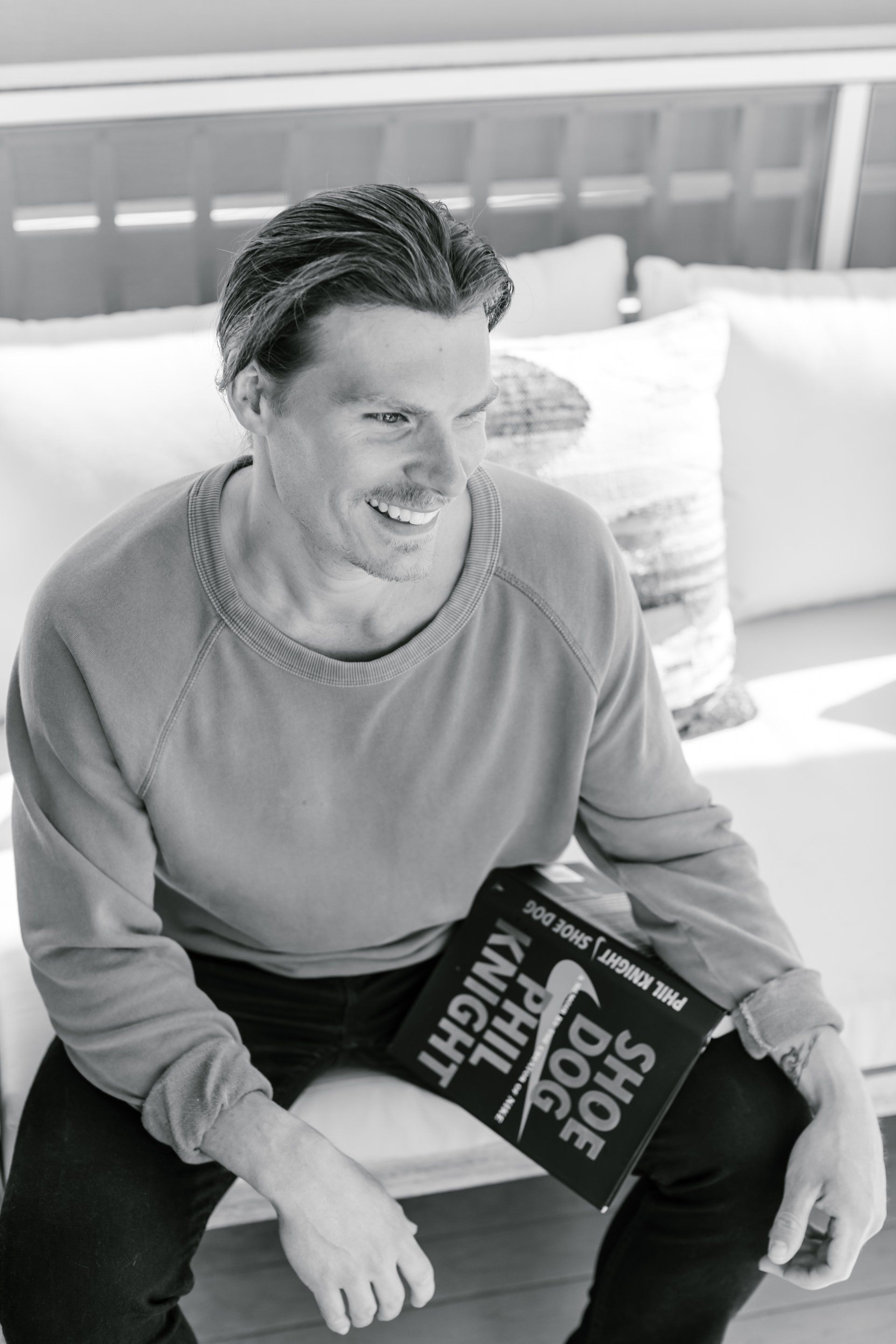LAD Performance - The Weekly Dose
🔋 Emphasize Quality in Training, More is Not Always Better
Another Episode of The Weekly Dose!
Every week I set out to help educate you on movement practices and principles that will enable you to become a better athlete. Whether you are a high school athlete or a 75 year old grandparent trying to keep up with your grandkids, this email will have value!
Today I am going to provide unique & novel ways to think about how you are completing your sets and reps in the gym. I hope you enjoy!
I’m exploring something different in today’s email. Less about the body, human anatomy & biomechanics and more about the way I think about programming. I want to share stuff like this about once per month. The goal today would be for you to take away a simple nugget or two to enhance the way you train. As mentioned, I am going to break down the concept of quality and its importance in the training realm.
I’m writing this at a time where I personally need this message... perhaps more so than I have over the last few years. If you are like me, over the years you have fallen victim to the more is better craze. Treating the time logged in the gym as a badge of honor. I’d be willing to bet the concept of quality, for the most part, has gotten overlooked... I know I can say that for myself. We often look at volume in our workouts to assess a “good workout”. You see this with all kinds of trainers & strength and conditioning coaches. I am writing today to tell (or remind) you that quantity should not be your barometer for how effective your workout is.
Here’s a reframe that I like using with my athletes. It’s an acronym, RIR (Reps In Reserve). RIR is a way to protect against this more, more, more craze. Let’s use a practical example to break this down, the squat. One way you may often see the squat prescribed in a training plan is by completing 5 sets of 5 reps (aka 5x5). One approach, the traditional approach, would prescribe for the athlete to work up to the heaviest set of 5 they can over the duration of the 5 sets. Another & arguably better approach would be to keep the same amount of volume, that’s 5 sets of 5 reps, but use a different intention. This is where the RIR comes into play. You could instead intentionally choose a weight that you know you could perform 6,7,8 times if you needed to. This is your reserve. The way I would write this in my programming would be 5x5 (RIR 2). This means perform the same total volume, 25 repetitions, but on the heaviest set choose a weight that could be lifted 7 times (even though you are only performing 5 reps). This is a simple way to keep the quality in focus.
I am not saying that the traditional 5x5 is bad! I still use it, but this RIR doesn’t constantly break your athletes. Remember, if you are training in the weightroom you most likely have a goal that falls outside of the weightroom. Maybe it’s to compete in a half marathon or to receive a Division I scholarship offer or to be able to play sports recreationally with your friends. With that in mind your training should be a complement and not a detriment. This is something I constantly have to remind myself of as I fall victim to this quite often. Those small decisions day after day in your training to not constantly max out will add up to big differences in performance for your end goal as an athlete.
Let’s take an athlete whose ultimate goal is to be more powerful in sport. For these individuals quality is extremely important. One thing that I like using for my athletes who want to develop power is a wave set. A wave set is just as you would imagine it to be. These are sets where you fluctuate the amount of repetitions every set, mimicking a wave pattern. The wave-loading allows athletes to use the potentiation ability of their nervous system to make each set “feel” easier. This is because of the alternation of heavier low rep sets and faster lighter higher rep sets. With these sets, using percentages of your perceived max (the amount of weight you think you could lift 1 time) will help prioritize the quality. Each of these sets potentiate the next set. For a set of 5, maybe you use 55% of your max, for a set of 3 you could use 70% and for a set of 1 you could use 85%. Do you see how you can get a little creative and keep it fresh and fun? Going back to intention, this is a way to make your training environment more applicable to sport.
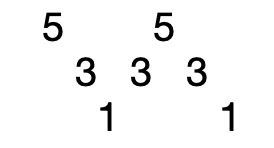
Above is an example of a wave set. Each number represents a set of the amount of repetitions you would complete. The faster lighter sets would have the higher reps and the heavier sets would have the lower reps. Heavier sets would potentiate the lighter faster sets and vice versa.
The book Easy Strength by Dan John & Pavel is a great read if you are interested in further understanding the importance of not over-prioritizing the weightroom for athletes. Dan John mentions a ratio that he uses where 80% of an athletes time is devoted to sport skill, 10% to strength training and 10% to recovery modalities. Simply, he talks about keeping the main thing THE MAIN THING. A problem that happens when we swing the ratio to 30% of strength training is that excess energy is now sent to something that is not the athlete’s sport. The strength training workouts get too expansive and complex. You can see this all the time on social media. There are various powerlifiting derived training options and all sorts of barbell based movements that do not contribute to the athlete’s sport.
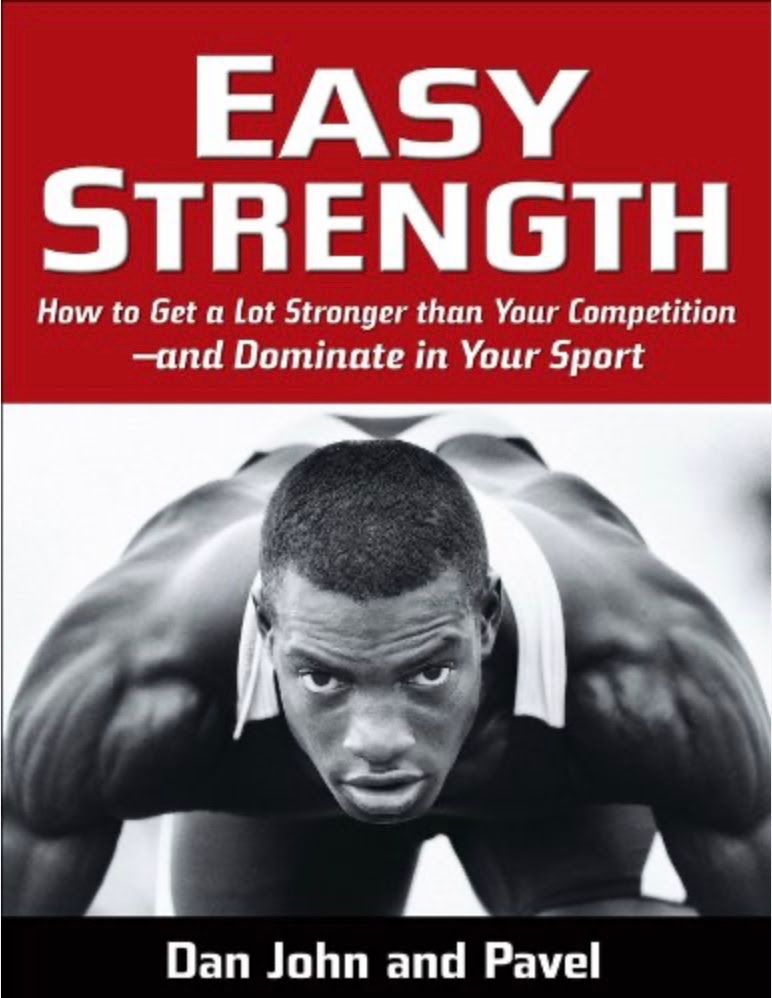
Here is something worth mentioning. Great athletes will usually carry big squats and deadlifts, BUT they probably didn’t obsess over them! It wasn’t the number one priority. I have seen some of my high school athletes with very little to no experience deep squat double bodyweight within a few months of being exposed to squats. Athletes like this have big outputs. The athletes with the smaller outputs will not find a large advantage by straining to lift what the gifted ones can achieve with relative ease. “Correlation does not imply causation.”
Again, I want to re-iterate what I said earlier… you most likely have a goal that falls outside of the training walls. You do not need to obsess about training strength. Your strength training should be done to keep your tissues resilient, it’s your body armor. Yes, it is great and wonderful and it’s easy to glorify it. I totally get that! However, know this… basic strength training doesn’t mean as much as skill training, as well as exercises that very specifically enhance those skills. A college or a professional athlete who has been lifting for years and is reaching high performance levels in their sport does not need more volume of strength training to sprint or jump better. In fact it could be detrimental to their field or court performance. Be conscious of how much time you are spending in the weightroom
